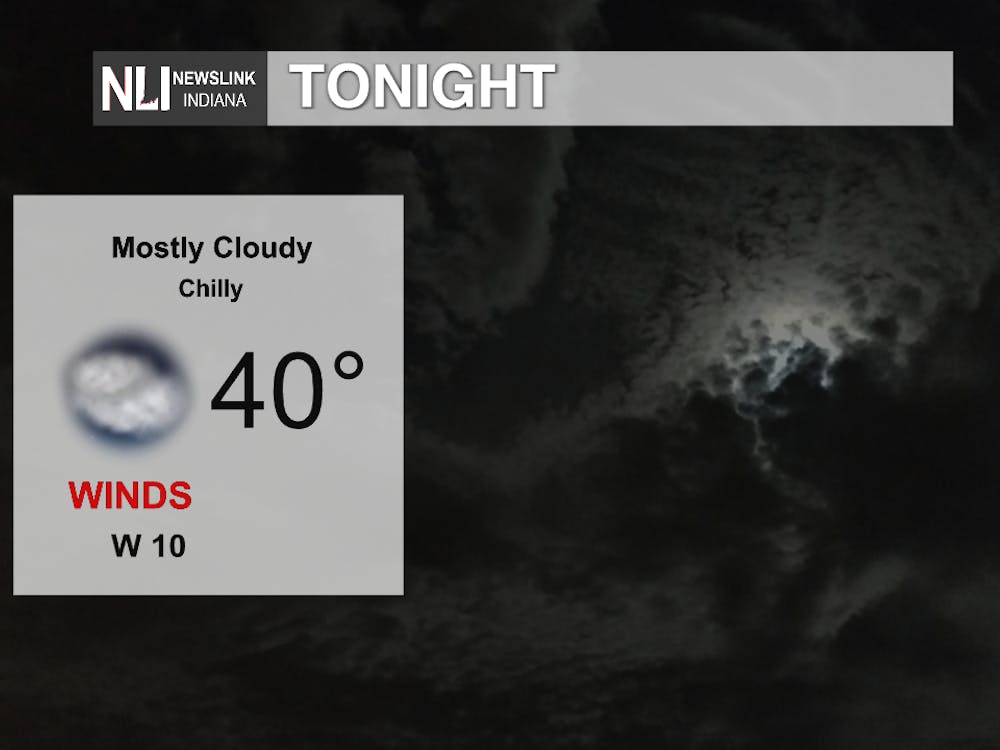Fall is the time for tailgating and enjoying the outdoors, but the fun can be ruined for more than 50 million Americans who suffer from allergies, according to the Asthma and Allergy Foundation of America.
“For countless allergy suffers, this time of year brings a great deal of discomfort and frustration, and for many the unpleasantness of this season has already begun,” said Dr. Theresa Rohr-Kirchgraber, chief physician executive of the Eskenazi Health Center Primary Care – Center of Excellence in Women’s Health in a press release.
The biggest culprit for those who suffer from seasonal allergies is ragweed, a plant that is often found in the South, North and Midwest parts of the United States.
A single plant can produce more than 1 billion pollen grains in the fall season and can cause watery, itchy eyes, sneezing, coughing and a runny nose.
Pollen is usually released during the warm days and cool nights of August and continues into September and October. Because of this, the fall allergy season usually lasts into late October and November.
People who specifically suffer from fall allergies are said to be fighting hay fever, Rohr-Kirchgraber said.
“When symptoms become apparent, we recommend trying over-the-counter medications,” Rohr-Kirchgraber said in a press release. “If after a few days there is no improvement, a visit to a primary care physician is recommended.”
Common allergies in the fall are also connected to mold and grass, Mark A. Litz, a physician with Ball Memorial Physicians said.
“This summer we had a lot of moisture, and so the grass is greener, and people have been cutting their grass more,” Litz said. “Molds tend to be around bases of houses, on north sides of the house were they don’t get a lot of sun.”
Areas such as garages and sheds are also susceptible to mold because of lack of sun and high levels of moisture, she said.
Litz said avoiding the offending agent is advisable, but if that is not feasible, he recommended using over-the-counter medications such as antihistamines and nasal sprays.
Oral antihistamines — types of pharmaceutical drugs that prevent common allergy-related symptoms — are available as over-the-counter and prescription drugs, he said. Because some of these drugs can cause drowsiness and fatigue, a doctor's visit may be required, and special precautions should be taken while using the medication.
Antihistamines that tend to cause drowsiness include:
- Diphenhydramine (Benadryl)
- Chlorpheniramine
Antihistamines that are much less likely to cause drowsiness:
- Cetirizine (Zyrtec)
- Desloratadine (Clarinex)
- Fexofenadine (Allegra)
- Levocetirizine (Xyzal)
- Loratadine (Alavert, Claritin)
If basic medications can’t do the trick, Litz said allergy shots are another option, as well as immunotherapy.
"Immunotherapy is where you get a small amount of the allergen injected into you periodically, which helps desensitize you," Litz said. “An allergist or a primary care doctor is able to do this testing on a patient and find out exactly what allergen that patient is allergic to."
Students can also visit Ball State's Health Center to talk to a physician on campus, as well as receive preliminary information and treatment for seasonal allergies.





